OSHA, ABC-Houston, ASA-HC, GCSI-COM and SAIA Launch New Alliance to Protect Workers from Falls
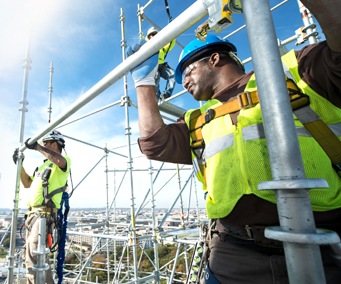 Contributing Parties- OSHA, Associated Builders and Contractors of Greater Houston (ABC-Houston), American Subcontractors Associations-Houston Chapter (ASA-HC), Gulf Coast Safety Institute of the College of the Mainland (GCSI-COM) and the Scaffold and Access Industry Association (SAIA):
Contributing Parties- OSHA, Associated Builders and Contractors of Greater Houston (ABC-Houston), American Subcontractors Associations-Houston Chapter (ASA-HC), Gulf Coast Safety Institute of the College of the Mainland (GCSI-COM) and the Scaffold and Access Industry Association (SAIA):
The U.S. Department of Labor’s Occupational Safety and Health Administration (OSHA) will enter into an alliance with the Associated Builders and Contractors of Greater Houston (ABC-Houston), American Subcontractors Associations-Houston Chapter (ASA-HC), Gulf Coast Safety Institute of the College of the Mainland (GCSI-COM) and the Scaffold and Access Industry Association (SAIA) to protect workers from exposure to fall hazards in the construction industries on May 12, 2015 at an event hosted by Lahyer, Inc. [node:read-more:link]

 Safety is paramount in construction. It must be top of mind at all times. The construction industry has taken great steps to create safe worksites and it is paying off. As Construction Citizen
Safety is paramount in construction. It must be top of mind at all times. The construction industry has taken great steps to create safe worksites and it is paying off. As Construction Citizen 

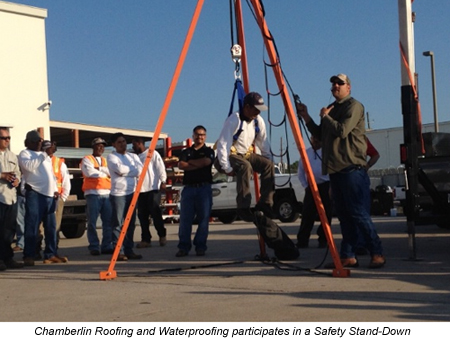 To support OSHA’s
To support OSHA’s 
 When I was younger, I saw an older man sort of just standing there. Staring. Not at me. Not seemingly at anything. But he looked as if he was very deep in thought. Curious, I asked him what he was thinking about. His answer was very simple and straightforward and has stuck with me forever. Five words, and it applies to literally everything. “What I'm about to do.” I would credit him for the quote, but I don't know this guy. I didn't know him then, and I was a preteen kid. My parents were there, I wasn't afraid to talk to him, but I also didn't want to bother him. So that was our whole conversation. I just said, “Well, okay,” and left him alone. I don't know what it was he was about to do. For all I know, he could have robbed the store as soon as we left. I don't know. That answer though, that answer stayed.
When I was younger, I saw an older man sort of just standing there. Staring. Not at me. Not seemingly at anything. But he looked as if he was very deep in thought. Curious, I asked him what he was thinking about. His answer was very simple and straightforward and has stuck with me forever. Five words, and it applies to literally everything. “What I'm about to do.” I would credit him for the quote, but I don't know this guy. I didn't know him then, and I was a preteen kid. My parents were there, I wasn't afraid to talk to him, but I also didn't want to bother him. So that was our whole conversation. I just said, “Well, okay,” and left him alone. I don't know what it was he was about to do. For all I know, he could have robbed the store as soon as we left. I don't know. That answer though, that answer stayed. 
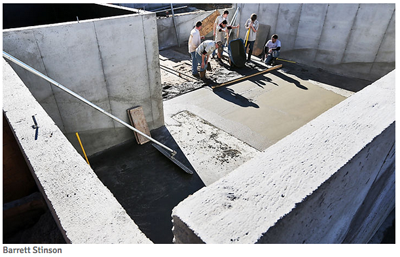


 Ethical operators in construction do all they can to ensure their craftsmen and women are extremely safe on their jobsites. Many companies go as far as maintaining an ongoing relationship with the Occupational Safety and Health Administration, OSHA, so that the industry and the government can be proactive, instead of reactive, when it comes to the safety of people on jobsites across America. While some companies are skeptical that kind of arrangement, other firms have found it is a positive way to stay ahead of potential problems that increase liability and make them less attractive employment options.
Ethical operators in construction do all they can to ensure their craftsmen and women are extremely safe on their jobsites. Many companies go as far as maintaining an ongoing relationship with the Occupational Safety and Health Administration, OSHA, so that the industry and the government can be proactive, instead of reactive, when it comes to the safety of people on jobsites across America. While some companies are skeptical that kind of arrangement, other firms have found it is a positive way to stay ahead of potential problems that increase liability and make them less attractive employment options. 
 Last month marked the end of summer. For most of us, that means no more trips to the beach or outdoor BBQs, but for many of our neighbors working construction in Texas, the falling temperatures offer desperately needed relief from brutal, and often life threatening, working conditions.
Last month marked the end of summer. For most of us, that means no more trips to the beach or outdoor BBQs, but for many of our neighbors working construction in Texas, the falling temperatures offer desperately needed relief from brutal, and often life threatening, working conditions.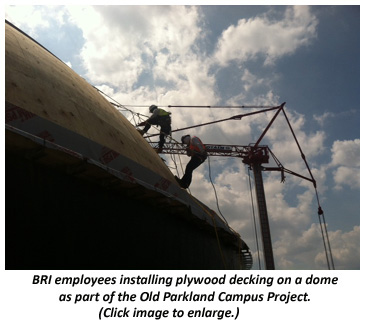

 The Chamberlin Man here.
The Chamberlin Man here.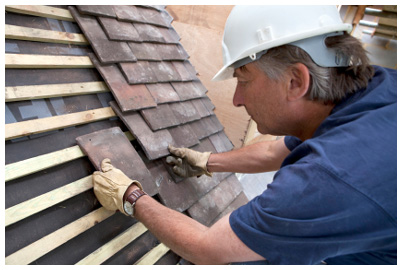 This article was written by our newest blogger, Adam Snape, on behalf of
This article was written by our newest blogger, Adam Snape, on behalf of 